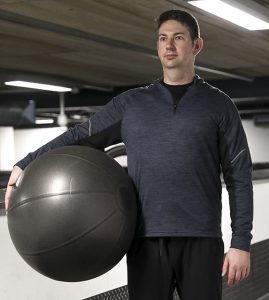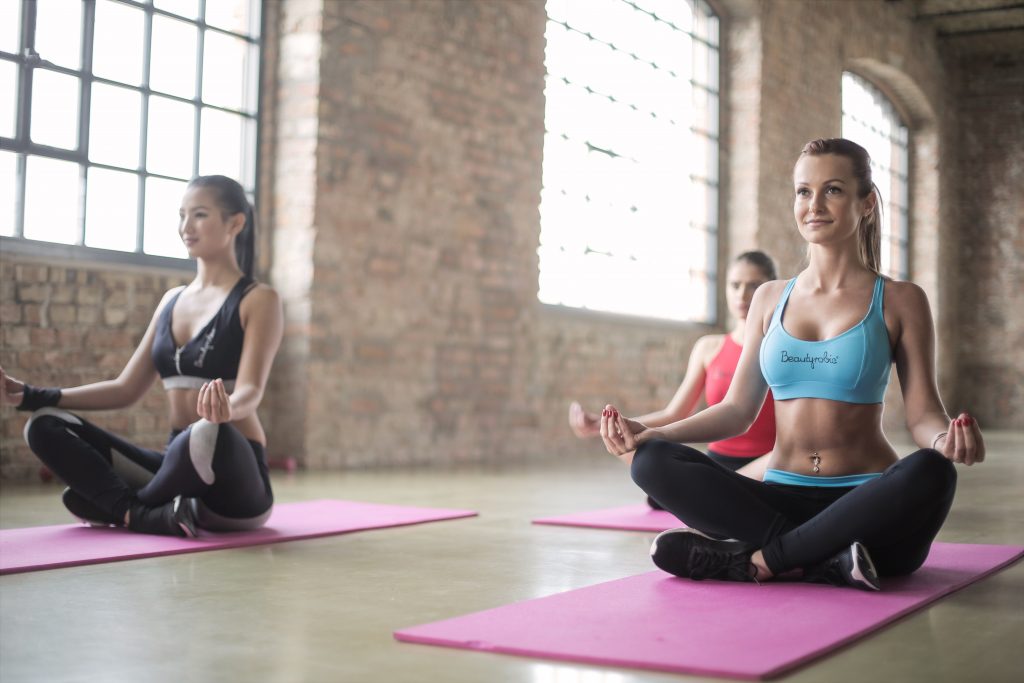

Why I believe the government haven’t set a duration for exercising outdoors in the UK during COVID-19
Why I believe the government haven’t set a duration for exercising outdoors in the UK during COVID-19 Richard Kelly 6th


When it comes to the end of a personal training session sometimes we have only enough time for the final set, or to go through some stretches. So I will offer my clients the option. There are two types of people in this situation. The first, opt to do the final set or exercises, saying that they will stretch themselves at the end of the session. Although they never do. These people are typically called men. The other group will always choose to do the stretches. To them the concept of finishing a workout without stretching is unthinkable. These people are typically called women.
Of course, the male and female divide on this is absolute, but it is understandable. Flexibility training causes relaxine to be released by the body, which is what makes the body more pliable. Women are much more sensitive to this, because they are designed to give birth, and therefore they get a larger amount of relaxine delivered into their system during flexibility work. Men get an insignificant amount, and need a prolonged bouts of flexibility training in order to get larger amounts of this hormone to be released. Most of the benefits a man sees from flexibility training is simply an increased range of movement and reduced stiffness. They grudgingly admit that they feel better as a result, but with many women, because of increased sensitivity to relaxine, feel great as a result of the stretches they do. Therefore it is understandable that many men are happy to skip the flexibility work in a session in order to do extra training, because they don’t get the same hormonal response from the flexibility work as they do in other aspects of the training session.
Flexibility work is important. For one thing including regular flexibility work will reduce your chances of injury and increase your recovery post training. Long term it will also increase your range of motion and general stiffness, it can aid the reduction of aches and pains in the body, which become typical as you get older. And this is why when you are regularly exercising I will always advocate some form of flexibility work as a part of your training.
That being said, mobility is more useful than flexibility alone. If you are wondering what the difference between the two is, it is one largely of intention. Flexibility involves lengthening the muscles, and holding lengthened positions. It causes the central nervous system to relax and down regulate. It’s good for the end of a session to allow pliable muscle to be fully lengthened. Mobility is creating range around the joint. Its about increasing the range in all the muscles around a joint by increasing central nervous system involvement. There is a fundamental difference between the two.
And because of that mobility is better at the outset of a session, and flexibility is better at the end. Many people could do with flexibility work at the end of training sessions, but every person I’ve ever come across would benefit from mobility training, because of the increased uptake of the central nervous system.
For this reason I tend to prioritise mobility over flexibility. There is good science to back this up too. For instance, most people have tight hamstrings, but stretching the hamstring, even on a daily basis, doesn’t lead to increases in hamstring length. Why? Simply, because the hamstring tightness is there for a reason. Hamstrings are supposed to be able to lengthen, and the fact that they can’t indicates that the body has made them tight for a reason. Where there is tightness there will always be looseness in a nearby position. And in this case, in virtually every occasion, it is a looseness in the glutes or core areas which causes the tight hamstrings. Improve the glute and core strength, and the hamstrings will allow you to stretch them and keep them stretched.
Mobility, because of its benefits to the central nervous system, improve the movement around joints meaning you can work into new range much safer than if you simple stretched and tried to work into a new range alone.
How much flexibility should you do, then? As much as makes you feel good, but if you get little of the feel good factor from flexibility, then focus on mobility and only include flexibility in the instances you believe a stretch could lengthen, and keep lengthened, a shortened muscle.
For help with mobility and flexibility contact enquiries@rkfitness.co.uk


Why I believe the government haven’t set a duration for exercising outdoors in the UK during COVID-19 Richard Kelly 6th



Seven Top Fitness Lockdown Tips Richard Kelly 30th March 2020 On the 23rd March 2020 the UK, like many other



Why are so many people low iron? Richard Kelly 23rd March 2020 In 2017 it was estimated that four million


Is weight loss simply a case of calories in versus calories out? Richard Kelly 27th July 2020 According to the


5 Fitness Myths which are well overdue for pasture Richard Kelly 22nd July 2020 Health and fitness is one of
You’ll receive all the latest news, posts and information regarding health and fitness.